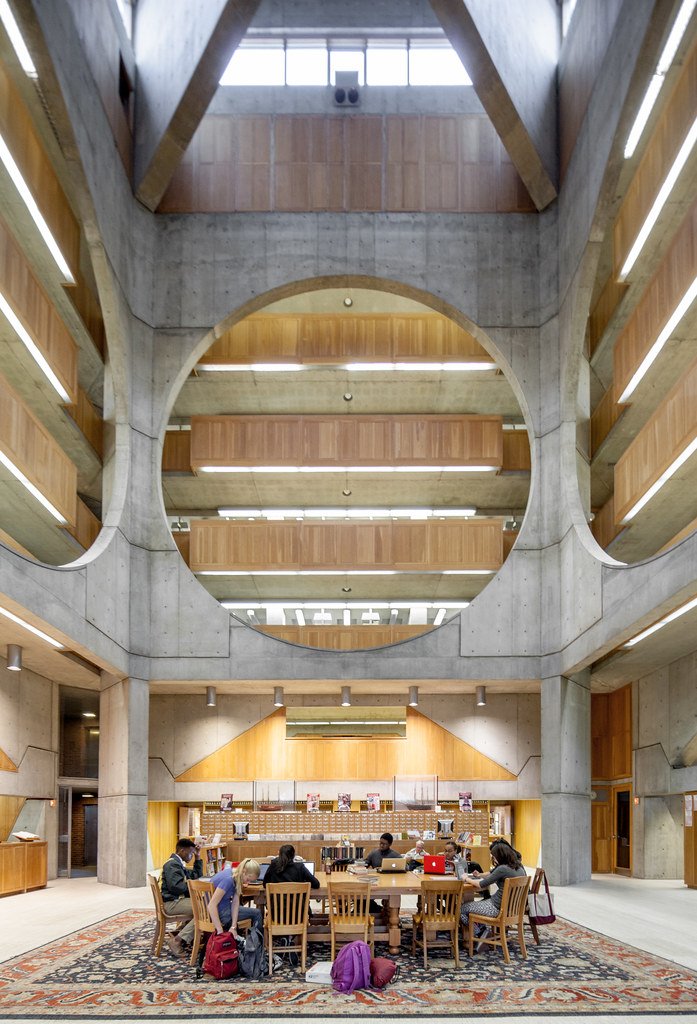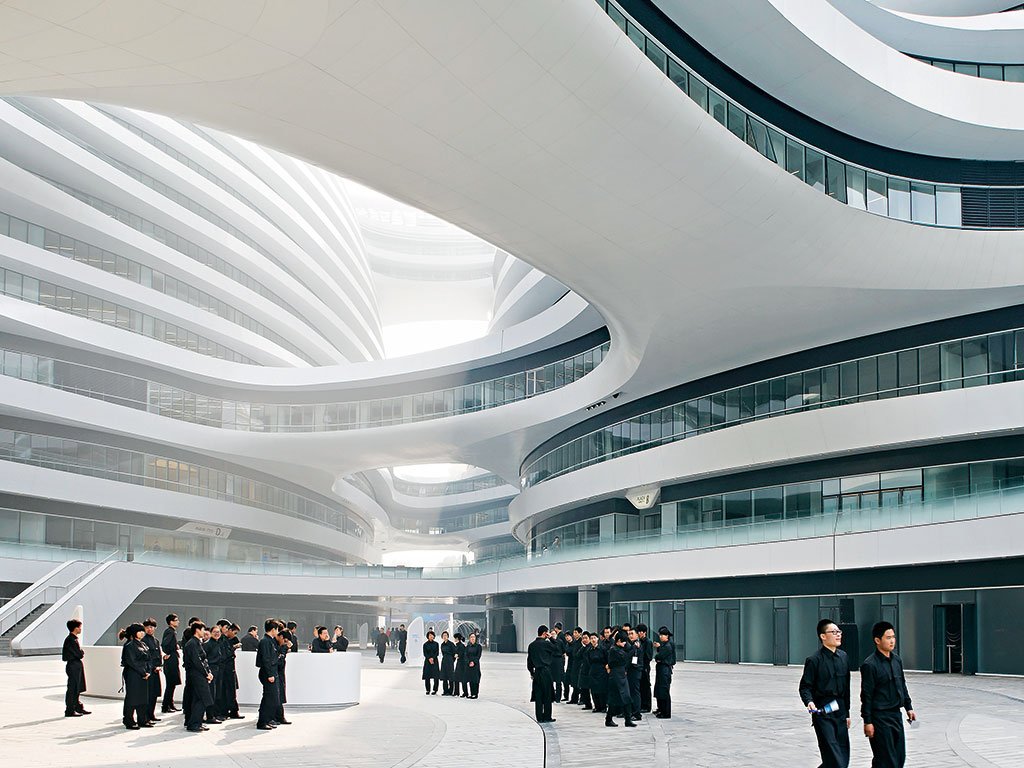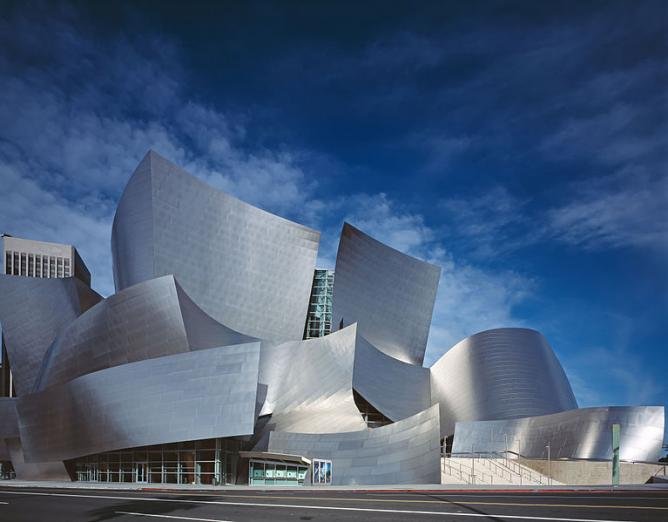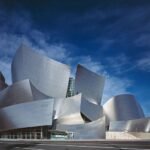Neuro architecture is a phenomenon where architectural spaces and their impact on the human brain are studied. This is important as a basis for architectural design as it studies the impact of different forms and shapes on the inhabitants. Even when an individual is subjected to live in a cluster format of with close proximities, a sense of irritation or unrest is observed. But, if an individual is left in an airy space, his/her impulses are different.
Bio-geometry is another facet which deals with the study of design elements on the psychology of a user and his/her impulses while an individual is experiencing this space.
For example, when we are in a Dome-shaped space, the interior acoustics are more vibrant. The spherical shape allows a wider interaction zone and visibility. And thus, make these spaces more dynamic in nature. The pyramids were a cultural symbol in historic Egypt, they were centric to the pharaohs and their journey towards the sky. The pyramids pointing skywards was to show their patronage for safe passage of the pharaohs towards the sky. Even studies suggest that a Pyramidal form in meditation oriented spaces increases the concentration and relaxation levels.
The impact is also evident in the inhabitants staying in heritage buildings as these buildings are seen to have domes or vaulted ceilings. These shapes give an inert calm and awareness to the inhabitants due to their dynamicity and acoustics. In most cases, the human brain reacts positively when it is placed in a space that is dynamic and eccentric in nature.
Monotony or repetition in forms on a regular interval can affect a user negatively. It can lead to weariness and later, to depression due to a sense of social confusion that arises through boredom from these monotonic forms. Such spaces can even lead to mental deviations and psychological disorders.
In case of spaces that need to be catered to creativity and meditation, the cylindrical or spherical forms help in nurturing this facet. With the nullifying of angled spaces, they make the user more focused and calm at the same time. They allow brain cells to reciprocate positively. To make the user more conscious and aware, shapes such as the cone can be used. Different parts of the human brain respond to different situations at a time. The waves known as Alpha, Beta, Delta, and Theta are the primary waves that respond to these impulses. Each wave reacts to a certain situation due to the surrounding geometry around it, they help in making the human brain responsive and receptive.
The role of the material of these geometric shapes is important. Opaque materials widen the range of visibility and thus, give a sense of openness and calm to the user. Whereas materials such as concrete are thick in nature, they help in nurturing the consciousness and alertness in thinking of a user.
Examples
Architect Louis Kahn has used geometry in many of his structures. Be it the IIM Ahmedabad building or the Exeter Library in New Hampshire or the National Assembly building in Dhaka, Bangladesh. The facades have bold geometric openings that are scaled up to give a magnificent impact. The interior spaces formed through it have a positive impact on the users, the way light enters a room and the ventilation aspect for space is anything but monotony. They leave the user intrigued and curious.
Even the unique forms designed by Architect Zaha Hadid have introduced a new dynamic of curves and shapes. These structures are striking and futuristic. The bold and unique designs give the structures its eccentricity and these forms make the indoors more dynamic. They encourage the user to move along the interior and explore with a sense of intrigue as no two spaces are the same. The monotony is almost non-existent.
This even applies to the structures of the Architect, Frank Gehry. They are deconstructive and unusual. The lack of uniformity in the folds and pattern leads to the formation of an interesting overlap in interior spaces which introduces a unique flow of circulation.
Thus, forms and shapes have a direct impact on how a user will resonate with space. Form making is an important aspect of design as it ensures the equilibrium between the pre-conceived use and post-occupancy use.







